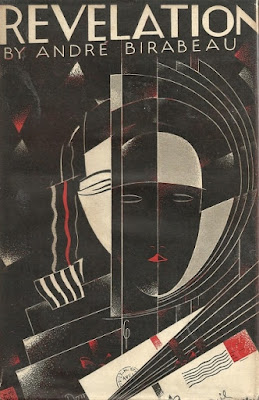 |
| New York : Farrar, Straus & Giroux, 1967 |
Set in mid 1930s depression era Chicago, Purdy's fifth novel gathers around Eustace Chisholm, a collection of Americans from small towns and rural areas who've come to the city in hopes of escaping financial hardship. Amos Ratcliffe, a student who loses his university fellowship and is too young to qualify for public aid is teaching Eustace basic Greek. Clayton Harms, an electric sign salesman moves in with Eustace when his wife Carla Chisholm goes on the run. Daniel Haws has a problem with sleepwalking and struggles with the impossibility of his feelings for young Amos. Maureen O'Dell is an artist who frequently finds herself in a family way.
Purdy's skill lies in his ability to create interpersonal tension among his characters. This is exemplified in the interactions between Amos and Daniel where they can't acknowledge what their relationship is or if there is a relationship at all. The already impossible situation between Amos and Daniel is made all the more impossible by Reuben Masterson, the heir to a family fortune who uses his money and position to lure Amos and Captain Stadger, a power hungry military officer, whose relentless attacks on Daniel eventually escalate to a soul-suffering defense of love.
The theme of the novel, in fact, is love; searching for love in a desperate world, accepting a love that may not appear in the form imagined, feeling worthy of that love, and enduring extraordinary pain in defense of that love. Purdy uses the mythologies of both ancient Greece and of Christianity to connect the characters lives to a larger moral story. Amos, a scholar of Greek, is described at one point as having feet like a goat (a reference to a satyr) and later as like the beautiful golden-locked Antinous. While modern literature is full of Freudian themes when it comes to explaining sexuality, Purdy uses a literal Oedipal moment to do so. Many of the characters' destinies seem out of their control and this idea of fate is introduced through a modern fortune teller; or what the Greeks would call an Oracle.
The larger story is couched in the Christian tradition. One can understand the gathering of characters as a pilgrimage of sorts where Eustace is the center of a group of disciples. Eustace in many ways acts as a confessor, the one with whom they can share their truths. Even when characters leave Chicago, letters to Eustace continue their stories. These epistles then become part of his grand poem written out on stacks of newspaper pages. Is his epic poem a Greek tragedy, scripture, or both?
Eustace Chisholm and the Works is story on a grand scale steeped in the traditions of myth. Purdy skillfully uses everyday lives to tell the larger story of humanity and elevates those lives that society would rather forget. One cannot help but be shaken by the power of this story and Purdy's writing.
References
Michaud, Jon (2015, July 21) The Strange, Unsettling Fiction of James Purdy : The New Yorker.
Bibliographies & Ratings: Young (3147*)

